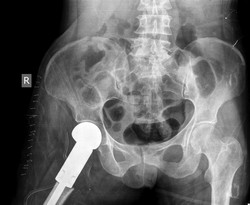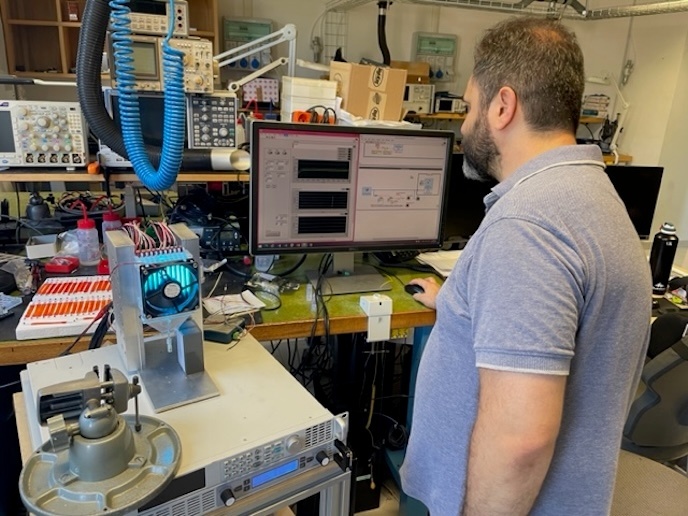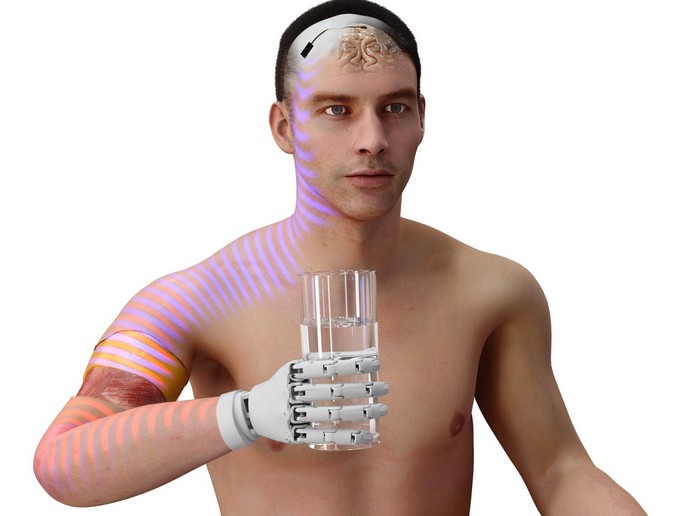The next generation of ceramic bone implants
Ceramic-based bioinert materials with great resistance to wear and corrosion are ideal for the development of orthopaedic implants. In addition, osteoconductive and bioactive ceramics such as calcium phosphates and bioactive glasses are promising materials for fabricating strong scaffolds to support the engineering of new bone. Nonetheless, there are certain scientific issues that need to be addressed before ceramics can achieve their full potential. These include resistance to fatigue, strength in porous scaffolds and control of bioresorption. The EU-funded BIOBONE (Bioceramics for bone repair) project set out to train new scientists and engineers with a multidisciplinary background to work in the field of bioceramics for bone repair. Research efforts had thus far fragmented the field into bioinert implants and bioactive scaffolds, failing to take into consideration the need for a carefully controlled environment and a functional interaction between cells and material. For this purpose, the trainees investigated the biodegradation and mechanical properties of known bioceramics, but also looked into new materials and structures and studied their interactions with cells. They developed new bio-inspired composite materials that mimicked natural materials and combined high strength and fracture resistance. Additional organic-inorganic hybrid materials were generated with unique mechanical response and controlled biodegradation rates. Furthermore, researchers invested in new protocols for modifying the chemistry and microtopography of implants as well as for surface engineering implants as drug delivery vehicles. In a novel cell culture model they tested the osteogenic potential of biomaterials by analysing their capacity to support cell proliferation, mineralisation and cell differentiation. Collectively, BIOBONE efforts opened a new era in bioceramic materials, their processing and application. This will lead to novel, more durable bone implants that can interact with the native tissue and facilitate its healing.







